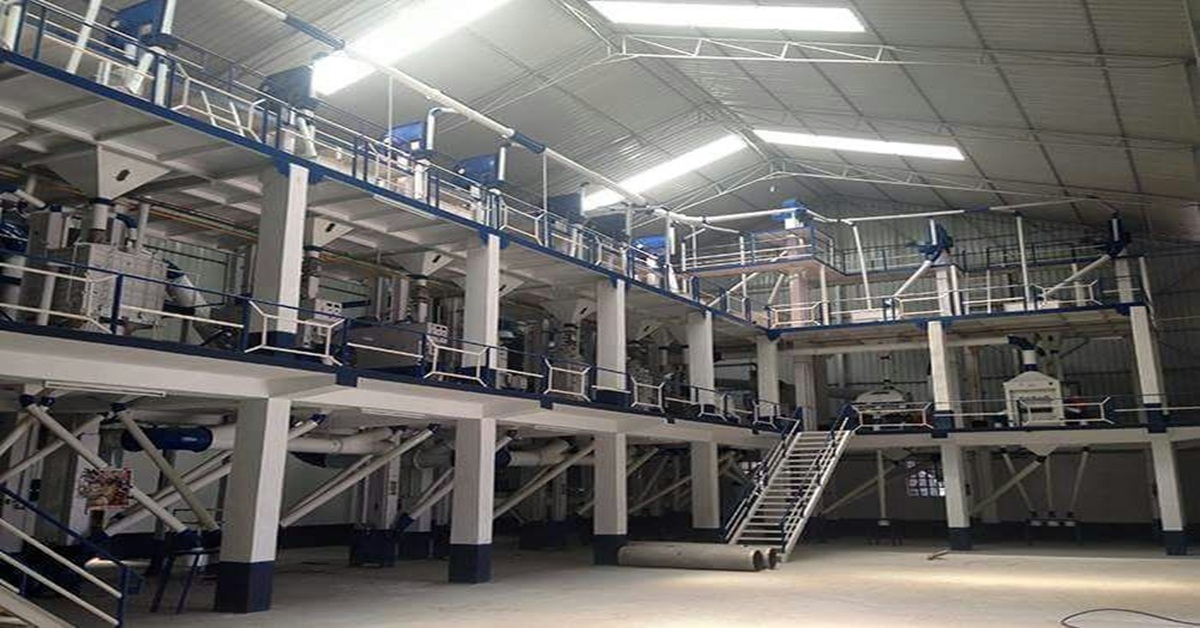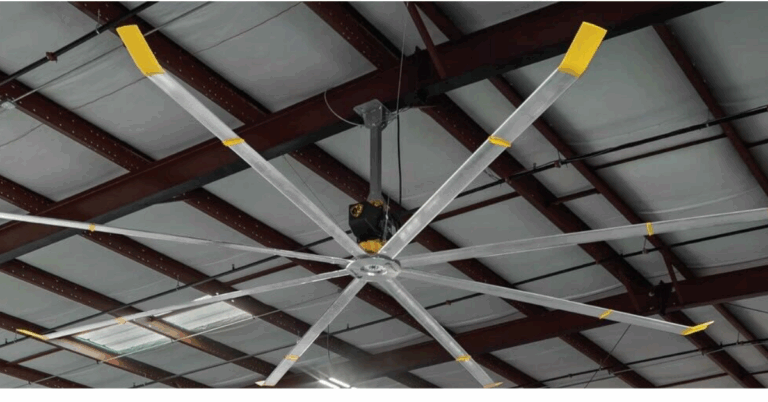Understanding the 5 Ton Rice Mill Project Cost: A Comprehensive Guide
The rice milling industry plays a pivotal role in meeting the food demands of a growing global population. Entrepreneurs and small to medium enterprises (SMEs) are increasingly investing in rice milling projects to tap into this ever-growing market. One of the most common project scales is the 5 ton capacity, which balances production efficiency with manageable investment. When assessing the 5 5 Ton Rice Mill Project Cost it’s essential to understand all the factors involved—machinery, infrastructure, operations, and more.
What is a 5 Ton Rice Mill?
A 5 ton rice mill is a medium-capacity processing plant capable of milling 5 tons of paddy rice per hour. This capacity makes it an ideal option for rice farmers, cooperatives, and local entrepreneurs looking to produce rice at a commercial scale. Such a plant generally includes equipment for cleaning, hulling, whitening, grading, and packaging. These machines work together to produce polished rice ready for market.
Breakdown of the 5 Ton Rice Mill Project Cost
The total investment for a 5 ton rice mill project can vary depending on several key factors such as location, technology level, quality of machinery, and labor costs. Here’s a detailed breakdown of the major components contributing to the overall cost:
1. Machinery and Equipment (40%–60% of total cost)
The largest part of your investment will go into purchasing high-quality rice milling machines. These include:
-
Paddy cleaner
-
Destoner
-
Rice husker
-
Separator
-
Rice whitener
-
Grader
-
Color sorter
-
Packing machine
For a reliable and efficient setup, you may consider manufacturers like Ricetec Machinery (ricetecmachinery.com/rice-milling-machine), which offer complete rice milling solutions. High-end machines are more expensive but offer better output, energy efficiency, and lower maintenance.
Estimated cost: $60,000 – $120,000
2. Building and Infrastructure
Constructing or leasing a suitable space for your rice mill is the next major expense. The facility needs to house the machinery and allow for smooth workflow and logistics. Factors like local building costs, land availability, and legal permits can impact this cost.
Estimated cost: $20,000 – $50,000
3. Power Supply and Utilities
A 5 ton rice mill consumes a significant amount of electricity, especially if you’re operating advanced machinery. Additionally, water supply, waste management, and backup power (like diesel generators) should be considered.
Estimated cost: $5,000 – $15,000
4. Labor and Staffing
You will need operators, maintenance workers, supervisors, and administrative staff to run the mill efficiently. While this is an ongoing operational cost, initial staffing and training should be budgeted in the project cost.
Estimated initial cost: $5,000 – $10,000
5. Raw Materials and Working Capital
You’ll need a buffer of working capital to purchase raw paddy, manage inventory, and run operations until you begin generating revenue. This component is crucial for cash flow stability.
Estimated cost: $10,000 – $30,000
6. Miscellaneous Expenses
These include licensing, insurance, taxes, safety equipment, branding, and marketing. These elements are often overlooked but can significantly affect the overall budget.
Estimated cost: $3,000 – $8,000
Total Estimated 5 Ton Rice Mill Project Cost
| Cost Component | Estimated Cost (USD) |
|---|---|
| Machinery and Equipment | $60,000 – $120,000 |
| Infrastructure | $20,000 – $50,000 |
| Power and Utilities | $5,000 – $15,000 |
| Labor and Staffing | $5,000 – $10,000 |
| Working Capital | $10,000 – $30,000 |
| Miscellaneous | $3,000 – $8,000 |
| Total Estimate | $103,000 – $233,000 |
Factors Affecting the 5 Ton Rice Mill Project Cost
Several external and internal factors can influence the final investment amount:
1. Location
Cost of land, labor, and utilities vary significantly between regions. Rural areas may offer lower land costs but might lack access to skilled labor or reliable power.
2. Technology and Automation Level
Fully automated rice mills reduce labor costs and increase efficiency, but the initial machinery cost is higher. Semi-automated mills can reduce startup investment but may require more workers.
3. Quality of Machinery
Buying premium machinery ensures long-term reliability and better product quality. Cheaper options might save money upfront but cost more in repairs and inefficiency.
4. Government Incentives
Some regions offer grants, subsidies, or tax incentives for agro-processing units. Researching local policies can significantly reduce your overall 5 Ton Rice Mill Project Cost.
How to Optimize Your Rice Mill Investment
If you want to get the best return on your investment, consider the following strategies:
-
Buy from reputed suppliers: Always go for machinery manufacturers known for reliability and service. Poor quality machines lead to frequent breakdowns and production loss.
-
Plan for scalability: Design your rice mill with future expansion in mind. It’s easier and cheaper to scale up when your infrastructure supports it.
-
Ensure skilled workforce: Proper training ensures operational efficiency and equipment longevity.
-
Focus on quality control: Invest in quality assurance systems. High-quality rice commands better prices and increases customer loyalty.
Expected Returns on a 5 Ton Rice Mill Project
With efficient operations, a 5 ton rice mill can yield significant profits. Assuming you process rice 300 days a year for 8 hours daily, you can produce:
-
5 tons/hour x 8 hours = 40 tons/day
-
40 tons/day x 300 days = 12,000 tons/year
Even with conservative profit margins of $30–$50 per ton, that results in:
-
$360,000 – $600,000 annual profit
This shows that, despite the substantial 5 Ton Rice Mill Project Cost, the potential returns are lucrative when managed well.
Final Thoughts
Investing in a rice milling plant is not just about buying machines—it’s about creating an efficient, sustainable system that can scale with growing demand. By understanding all the variables involved in the 5 Ton Rice Mill Project Cost, entrepreneurs can make informed decisions and maximize profitability. Whether you’re a farmer looking to process your own paddy or an investor entering the rice supply chain, a 5 ton rice mill is a solid and scalable starting point.
Remember, the key to success lies not just in managing costs, but in ensuring consistent quality, operational efficiency, and strong market connections.







